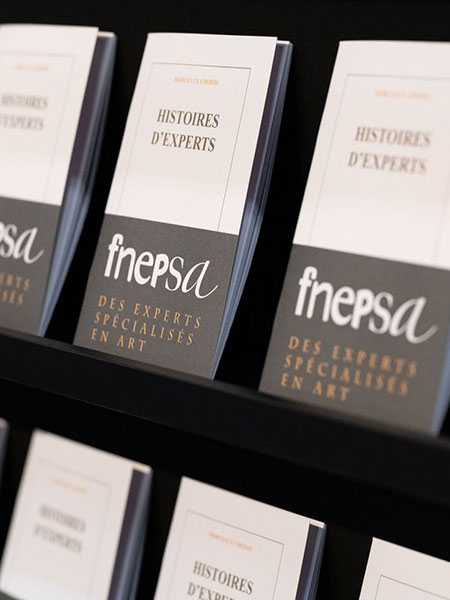The history of the cameo by Françoise Nativelle
Théophile Gautier said of cameos: "Each piece was to be a medallion to be set on the lid of a box, a seal to be worn on the finger set in a ring, something that recalled the impressions of ancient medals that we see in painters and sculptors.
These brooches, with their antique profiles, delicately placed on the necks of the Romantics of the late 19th century, are the result of an art that goes back to Antiquity.
The Romans reached an incredibly refined level of this technique, a paradoxical elegy of war or of amorous passion. If the Middle Ages seemed to lose interest in this art of portraiture, the Renaissance, at the instigation of the Italians and through the intermediary of François I, brought it back to the forefront. The king set up precious stone factories where numerous cameos were made in his effigy.
This fashion continued in the 18th century, but it was in the 19th century under Napoleon I that it reached its peak. A great lover of cameos and intaglios, he created a school for the deaf and dumb where the art of goldsmithing and gem cutting was taught. The crown of his coronation was set with cameos.
The return of classicism allowed this glyptic to come back into fashion. The Journal des Dames wrote in 1805: "A fashionable woman wears cameos on her belt, necklace, bracelets and tiara. "
Manufacturing techniques
It can be carved in a shell such as the Cassis Rufa with a red base and pink layers and the larger Cassis de Madagascar with a brown base and white layers. This type of cameo is soft and easy to work, so the sculpture can be reworked in case of error.
It can also be carved from a layered stone, such as carnelian, agate or chalcedony. The ultimate skill is to play with the different colours or layers in the carving, for example, to bring out the colourful foliage in a woman's hair.
Working with this stone requires great skill and precision in the chiselling, as it is impossible to make up for a mistake in cutting. The stone was then mounted in brooches, rings, necklaces or buttons, and the settings themselves could be very refined and decorated with fine pearls, even precious stones and enamels.
Today, a new carving technique has appeared that allows agates to be cut using laser and ultrasound.
Genuine cameos are hand carved sculptures made from natural materials: precious, fine or hard stones or shells.
Carvings made of resin, amber, marble, bone or glass are considered to be fake cameos.
Value
The hardstone cameo has always been an expensive piece of jewellery, and it is no different today. This market follows the fashion, it undergoes the globalization.
The value has been established by the massive purchase of the Japanese who are more or less abandoning this niche.

* Required fields
75001 Paris
France
